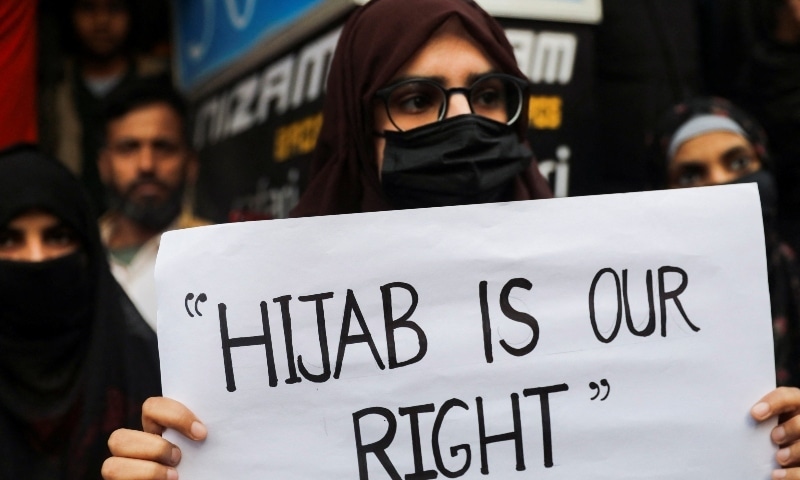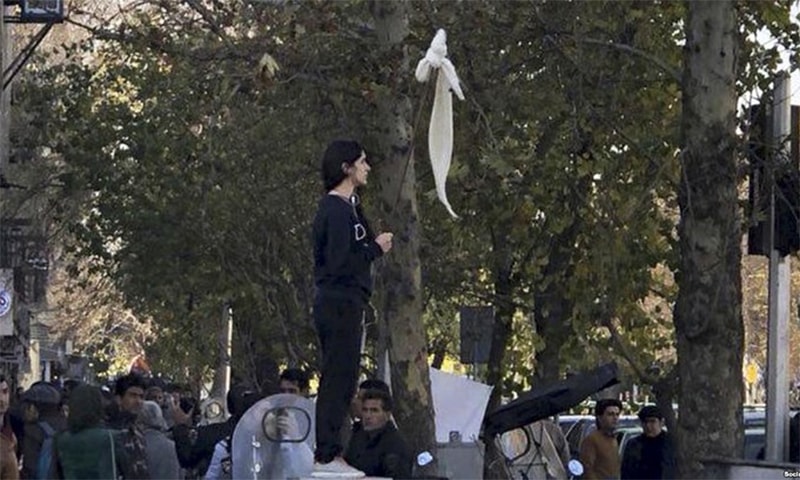These days my Facebook feed is filled with the mention of “liberal revolution,” and “Hijab.” Let’s first try to wrap our heads around “hijab.”
The hijab, or headscarf, is at the centre of a movement against hardline Iranian rulers and is widely seen as a highly politicised symbol. Women are protesting the mandatory hijab by setting them on fire in towns around Iran.
The situation is different in countries like France and specific areas of India, where women have struggled for decades to be allowed to wear the hijab despite being prohibited from doing so.
The Islamic head covering was outlawed in Iran by Reza Shah Pahlavi, the country’s monarch at the time, in 1936. Turkey implemented a similar policy ten years ago. A “symbol of modernity,” women who chose to remove their headscarves were celebrated. They weren’t feminists; they thought women who wore headscarves in public looked retrograde.
With the establishment of the “Islamic Republic” in Iran, Ayatollah Ruhollah Khomeini, the country’s supreme leader, ordered all women to wear the hijab.
Men and women both utilise women’s visibility as a political instrument to define “nationhood,” whether that means forcibly revealing or veiling them.

Revolution, is it?
The primary purpose of a political revolution is to drastically recreate the government of a nation to a form that will quickly create desired policies. They begin with economic, religious, or social movements within a country. Notable political revolutions include the American Revolution, the French Revolution, the Russian Revolution, and the Chinese Revolution of 1917. The main characteristics of political revolutions include the following:
• Revolutions are fought against rulers or government officials, often ending in these individuals’ deaths.
• Revolution typically begins among the ordinary people, the lower classes of society.
• Revolutions are usually violent.
Resistance, rebellion, secession, and revolution are all phrases used to describe the rejection of the authority of an existing government outside of its constitutional framework. Acts of disobedience can be both overt and covert, public and designed to achieve maximum publicity or peaceful, nonviolent, and disruptive. Resistance instead involves disobeying some particular law or laws or efforts to thwart some specific government policy or attempt to perform certain actions. A critical distinction between rebellion and resistance is that the former entails an outright rejection of official authority. At the same time, the latter involves just some kind of obstruction. The motivations for such rejection of government authority can vary widely, from the anarchist’s desire to abolish all government to the creation of a new territorial unit out of part of the existing government’s territory (secession) or the severance of part of the territory of the government and its union with another existing state (irredentist secession). The conventional definition of a revolution includes the rejection of the current government’s authority and the effort to replace it with a new government by extra-constitutional methods. It is possible to interpret both revolution and rebellion as having the “negative” goal of rejecting the government’s authority. Still, the positive intent of establishing a new government in its stead is unique to revolution.
Feminist Revolution?
The central slogan of the ongoing protests in Iran is “Women, Life, Freedom.” Compare this with one of the main slogans of the 1979 revolutionary movement, which was “Bread, Work, Freedom.” It was the central slogan of the Communist Labor Party, which the revolutionary movement had inspired in Russia.
Central to the ongoing protest is the idea of women taking back control of their bodies. Kurdish women in one of Iran’s poorest regions—the Kurdish provinces—are primarily responsible for popularising this phrase over many decades. Kurdish women in Kurdistan and Turkey initially adopted this phrase.
Feminism is the ideology that holds that women and men have equal value. Realising that gender constantly overlaps with other social hierarchies, social movements are required to establish equality between women and men since most civilisations favour males.

To avoid falling into the gender equality trap of seeing men’s lives, the concept of equal worth provides a method to recognise both traditional “women” priorities like caring and the labour traditionally associated with “men.” This view expands feminism beyond its ideological roots to describe it as a social justice movement that welcomes both mass and individual involvement and a wide spectrum of thought and activity that may be embraced equally by women and men. Last but not least, this multifaceted and nuanced definition acknowledges that women’s lives are shaped not just by their gender but also by other elements, such as race, class, and sexuality.
Suppose the current movement in Iran overthrew the current religious government and put in place a secular government, and issues of race, class, and sexuality remain unchanged. Would you call it a revolution?



